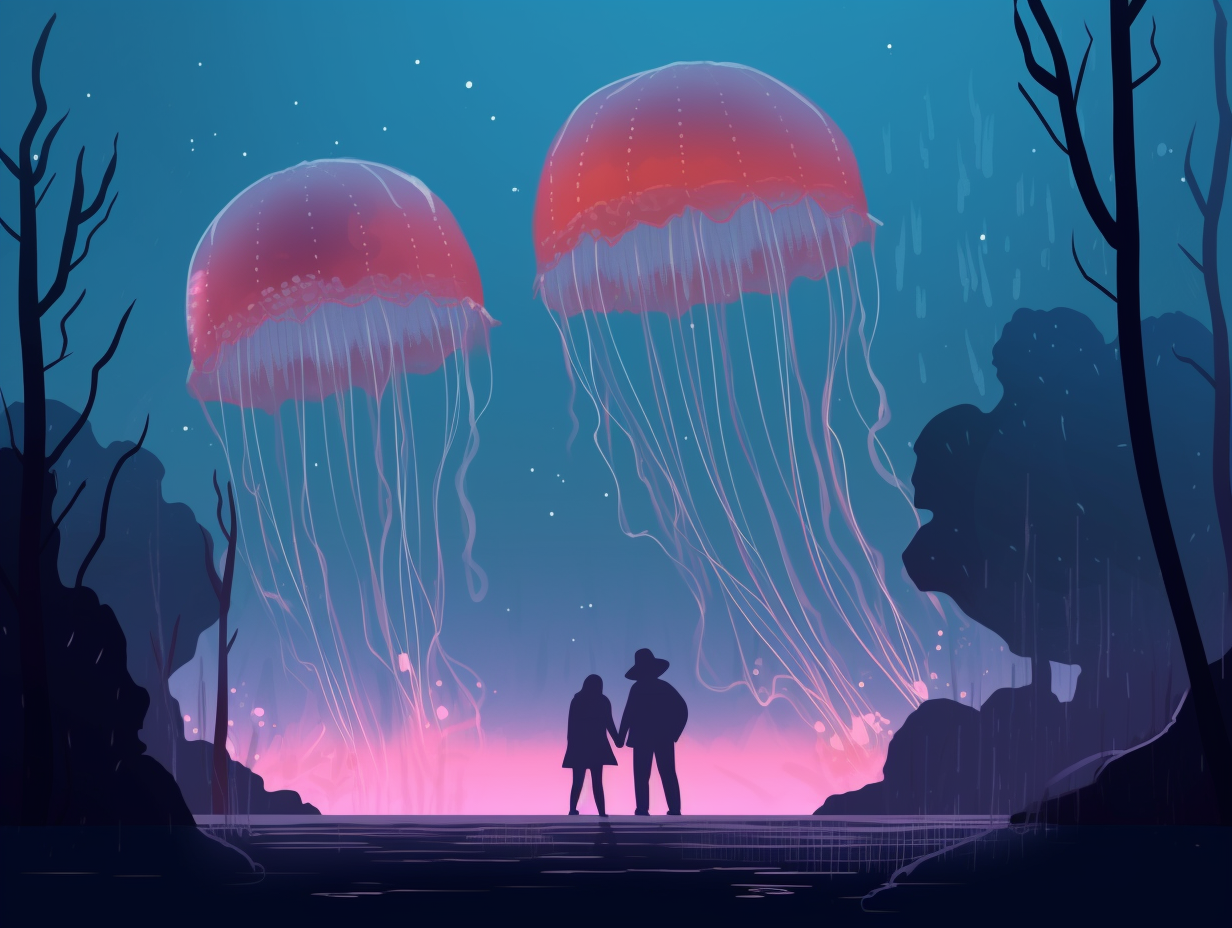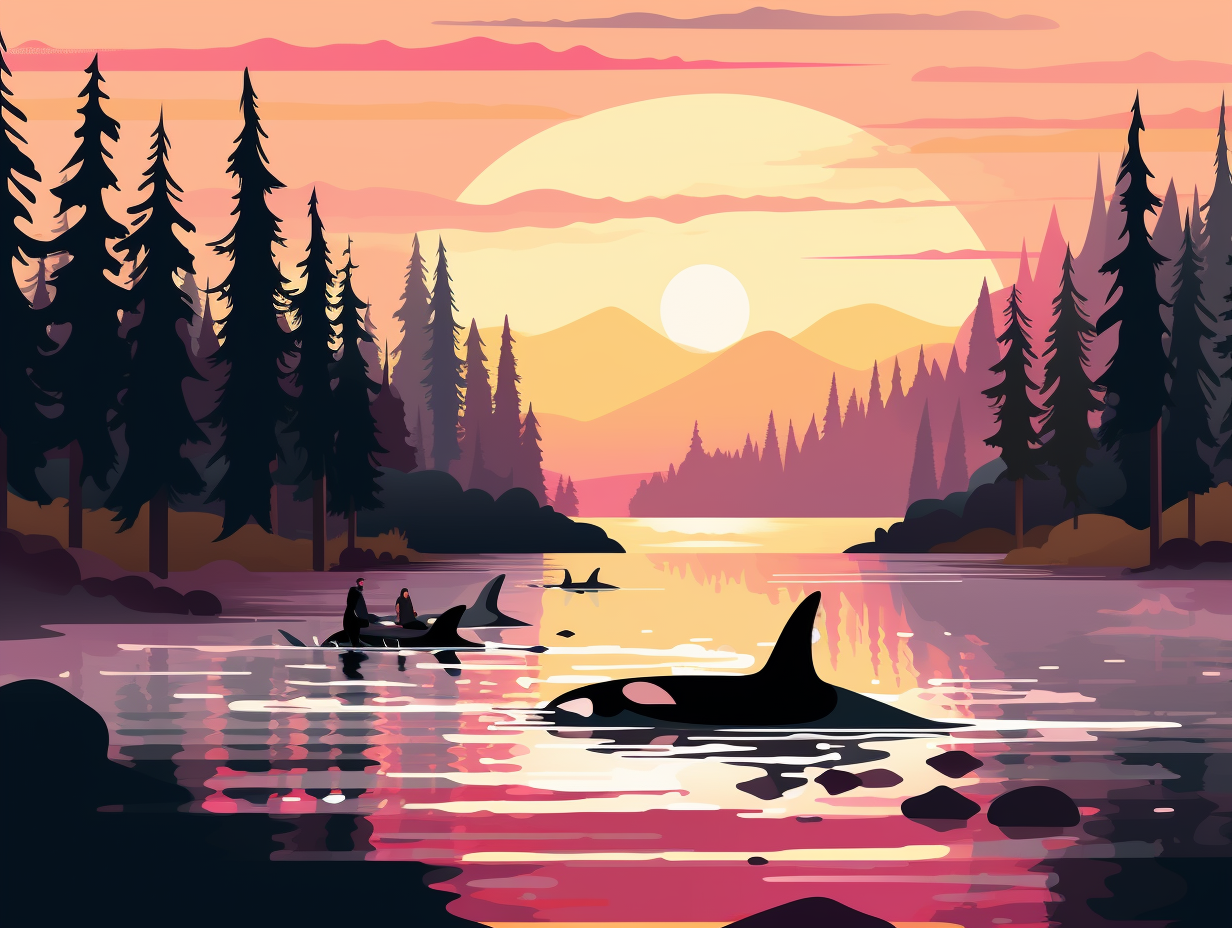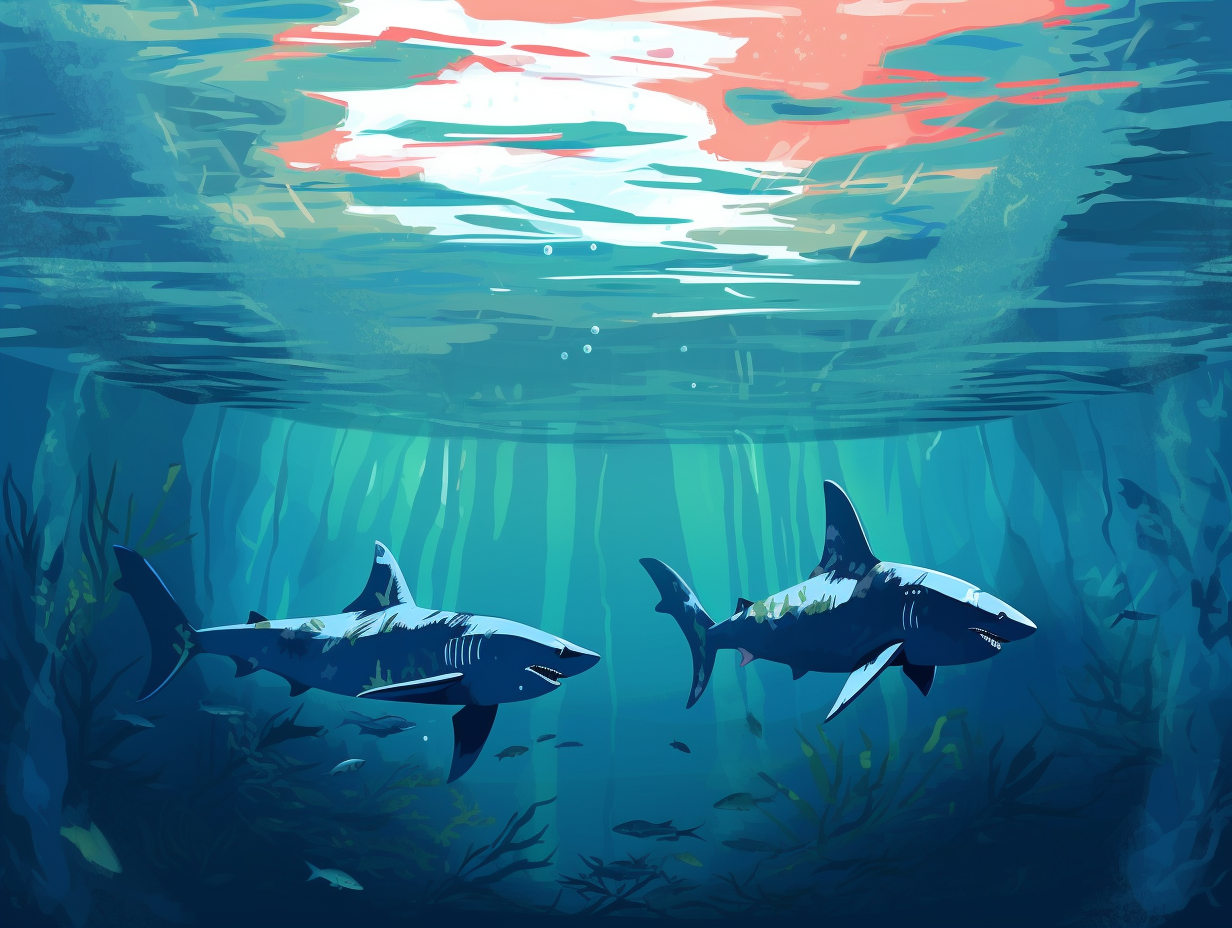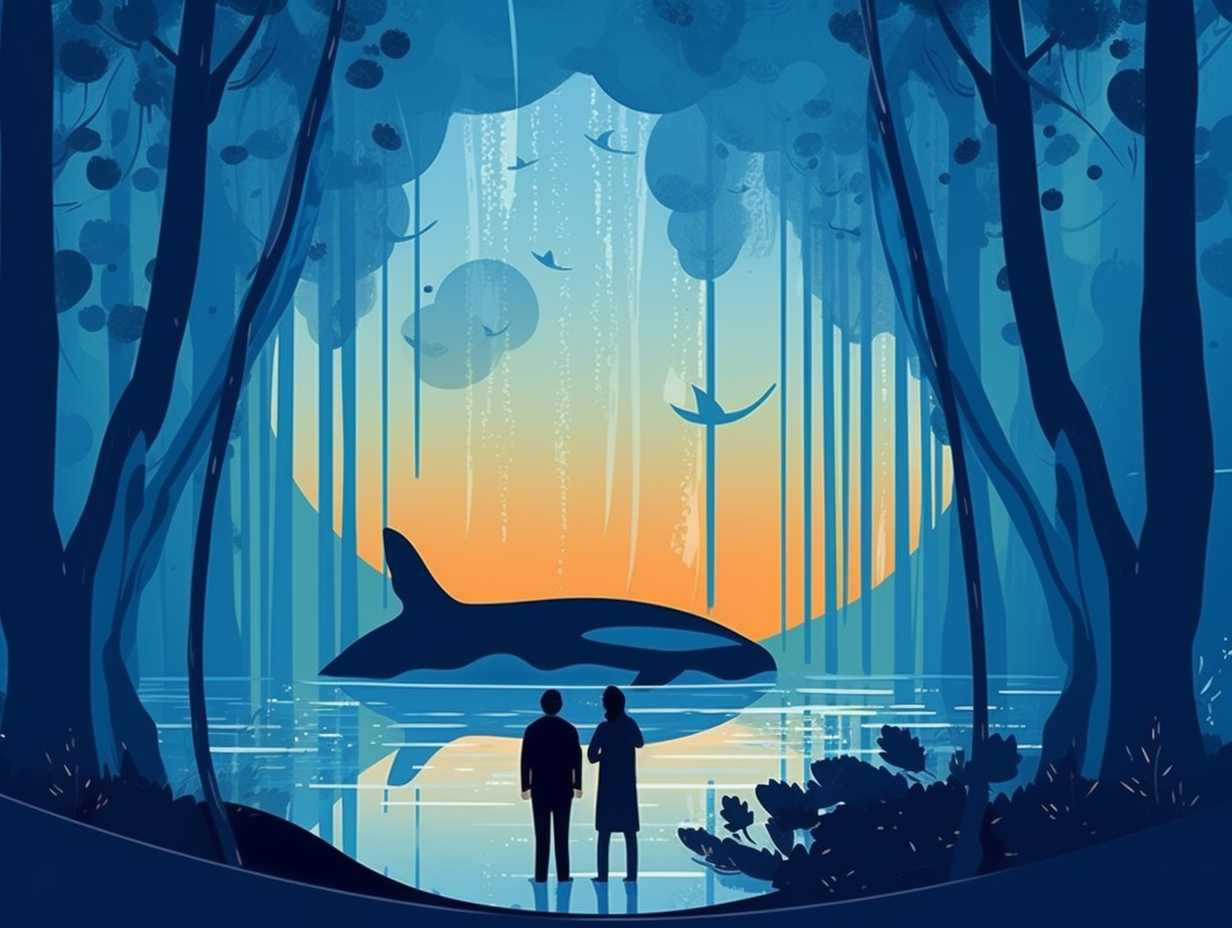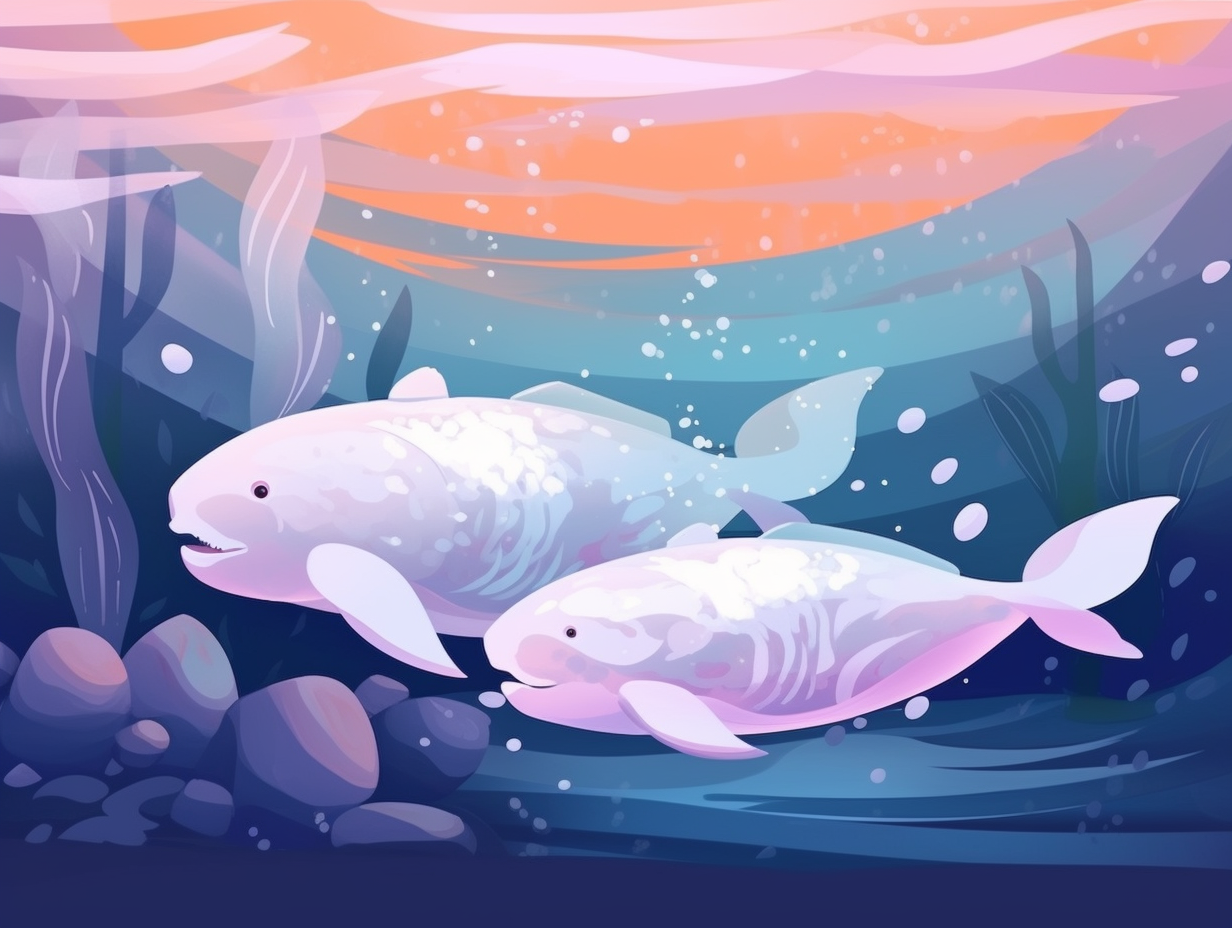9 Amazing Fun Facts: Unveiling the Secrets of the Epipelagic Zone
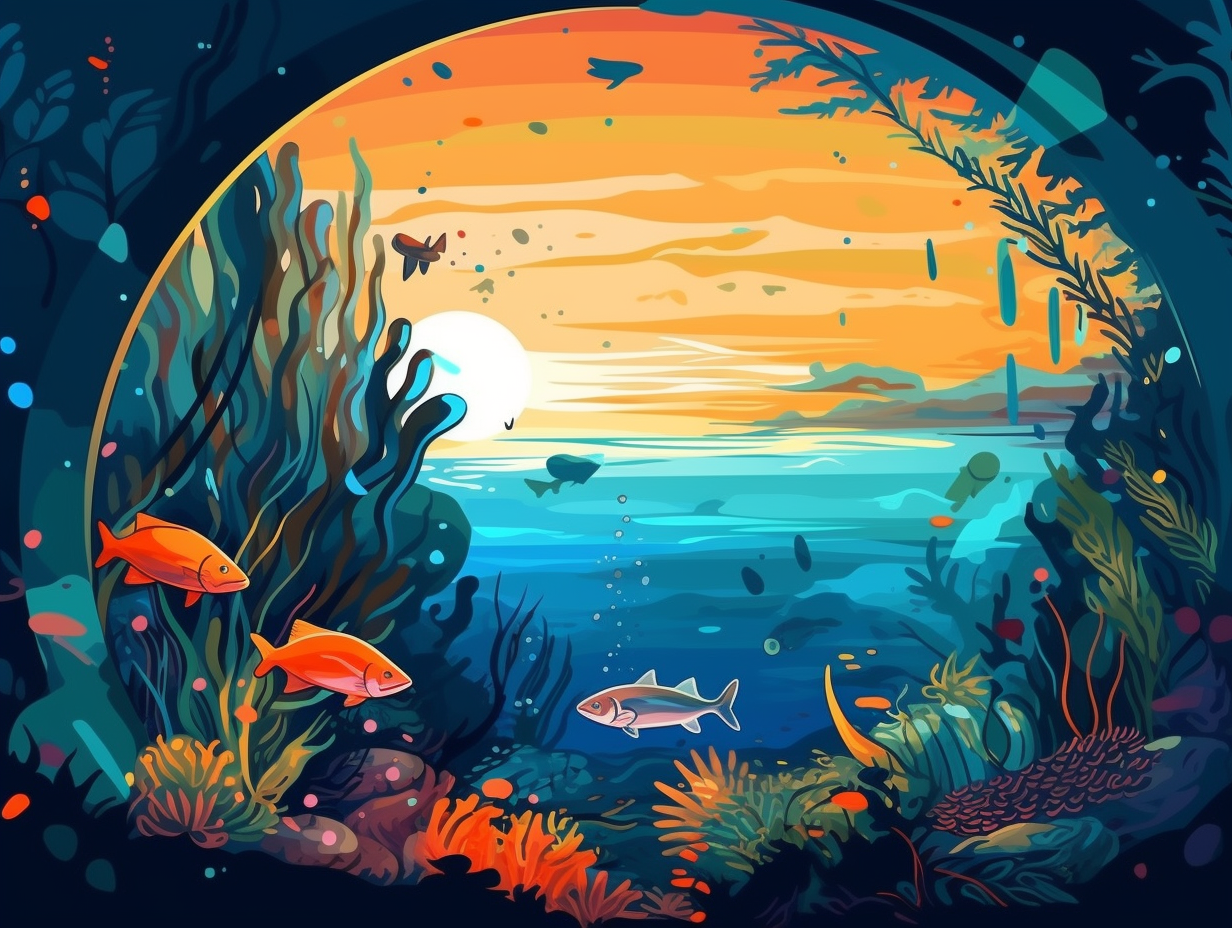
1. Ocean's Wildest Party
Hold on to your flippers, Jacques Cousteau - you're about to dive into the ocean's wildest party, where there's always a ray of sunshine: The Epipelagic Zone, or Sunlight Zone, harbors around 90% of marine life, thanks to ample sunlight for photosynthesis and proliferation of phytoplankton, the veritable hors d'oeuvres supporting vast underwater food pyramids. In coastal waters, though, this aquatic shindig can be rather exclusive - only reaching depths of about 50 meters due to light-blocking particles from runoff and waves.
Source => letstalkscience.ca
2. Sunlit VIP Section Temperature Swings
From sizzling dance floors under a strobe light to freezing polar parties in the abyss: the epipelagic zone, the ocean's sunlight-soaked VIP section, experiences wild temperature swings from a toasty 97°F (36°C) in the Persian Gulf to a teeth-chattering 28°F (-2°C) near the North Pole.
Source => noaa.gov

Did you know Anne the Shark swam a whopping 12,000 miles – a record-breaking feat – to find love across the ocean? Discover more about her incredible journey!
=> Fun Facts about Sharks
3. Algae's Breath of Fresh Air
Hold onto your hats, algae enthusiasts: the epipelagic zone may be just skimming the surface as the top layer of the open ocean, but it's got a bigger role than a Hollywood A-lister, cranking out at least 50% of the oxygen in our atmosphere through some serious photosynthesis by algae.
Source => oceana.org
4. Seasonal Underwater Bloating
Feeling bloated? You aren't alone: the epipelagic zone experiences seasonal phytoplankton blooms, leading to population explosions influenced by light intensity, temperature, and nutrient concentrations - this massive bloating affects the productivity of the entire food web!
Source => pc.maricopa.edu

5. Carbon Dating with Phytoplankton
Phytoplankton have quite the carbon dating scene going on: they snatch CO2 right out of the atmosphere, dive deep into the ocean, and then keep it there for thousands of years! But seriously: as critical players in the ocean's food web, these photosynthesizing organisms rely on ocean water mixing for nutrients, and their survival is crucial for marine life, fisheries, and regulating climate feedback loops — so the potential consequences of warming oceans are no laughing matter.
Source => wired.com
6. Nature's Marine Light Show
Who needs fireworks when you've got nature's own light show just beneath the waves? Prepare to be dazzled as you dive into the Twilight Zone, but we're not talking about Rod Serling's classic TV series: The mesopelagic zone, also known as the twilight zone, is a treasure trove of bioluminescent organisms, including lanternfish, jellyfish, and krill, who've evolved to create their own spectacular illumination amidst the darkness.
Source => noaa.gov
7. Phytoplankton's Alluring Dating Profile
If phytoplankton had a dating profile, they'd be the ultimate catch - producing the air we breathe, basking in sunlight all day, and serving as the base of the ocean food chain: The epipelagic zone is a thriving neighborhood where these microscopic algae thrive, churning out about half of the planet's oxygen while supporting the entire marine food web, from snack-sized zooplankton to gigantic blue whales, making it a crucial hotspot for seafood lovers and marine life alike.
Source => whoi.edu
8. Sunglasses-Ready Ocean Wonderland
Dive into the epipelagic zone with your sunglasses on (not really, but bear with me, plankton-tically speaking!): This sunlit oceanic wonderland, ranging from 50 to 660 feet deep, is home to a bevy of primary producers like phytoplankton and seagrasses, who generously gift us about 90% of our atmospheric oxygen and serve up a scrumptious buffet for various marine species.
Source => enchantedlearning.com
9. Scene-Stealing Epipelagic Zone
If the ocean were a blockbuster movie, the epipelagic zone would be that scene-stealing supporting actor who wows the audience despite limited screen time: Covering just 6% of the ocean's surface area, this bustling layer of marine life is responsible for the majority of its primary productivity, converting carbon dioxide into organic compounds thanks to its vivacious cast of phytoplankton and an endless supply of sunlight and nutrients.
Source => mrvanarsdale.com
Related Fun Facts




